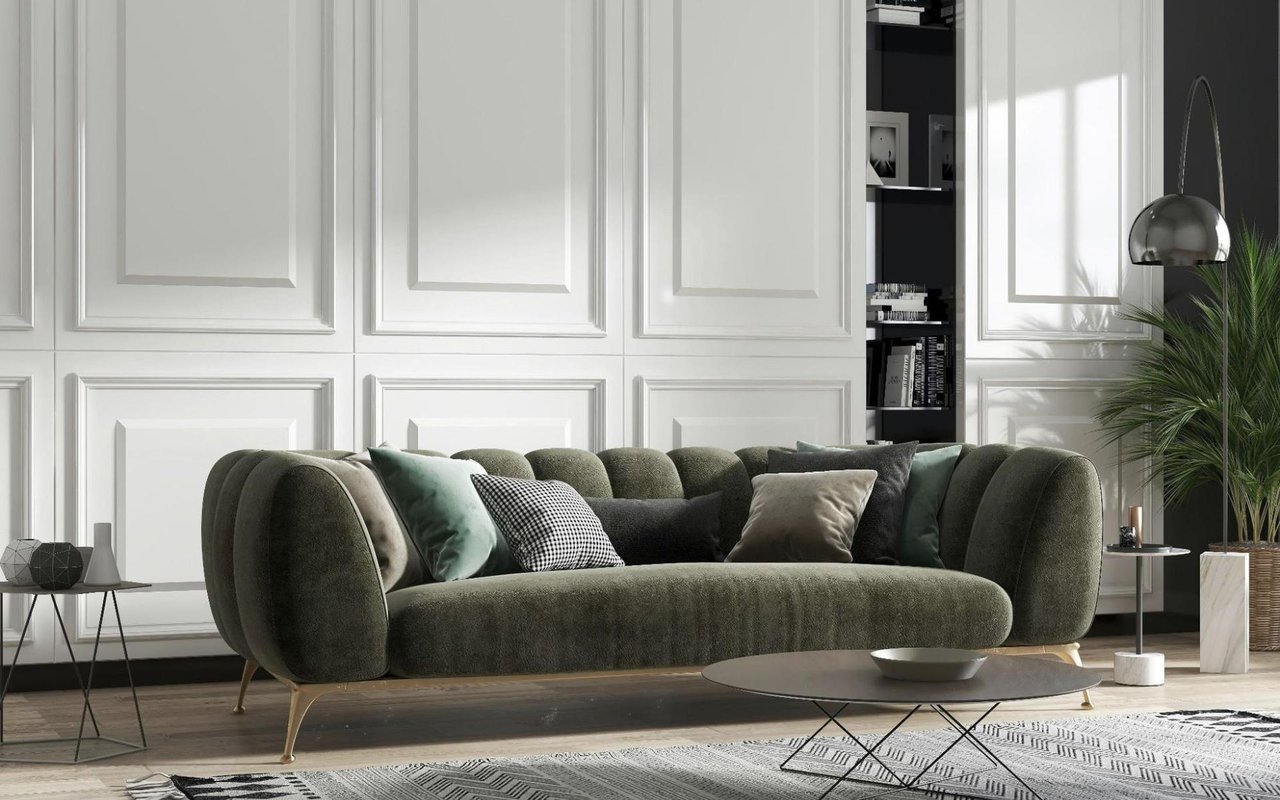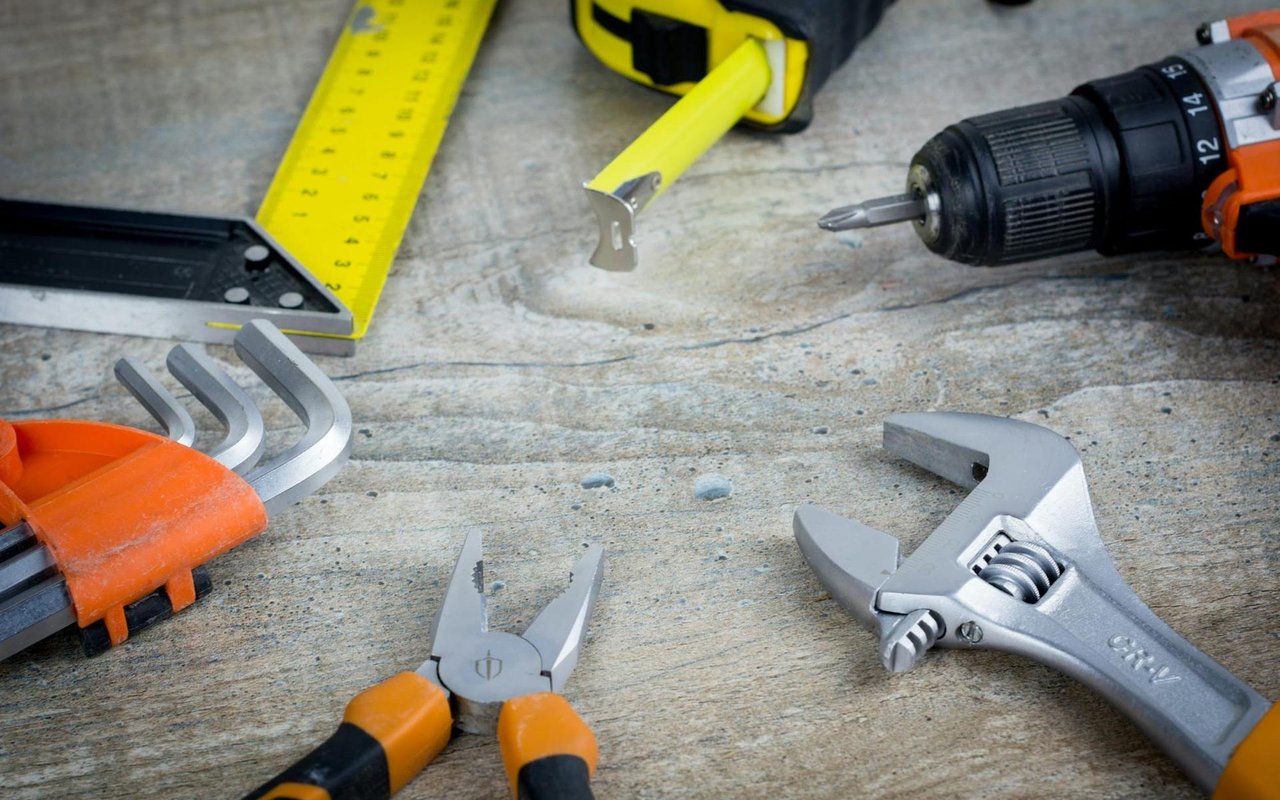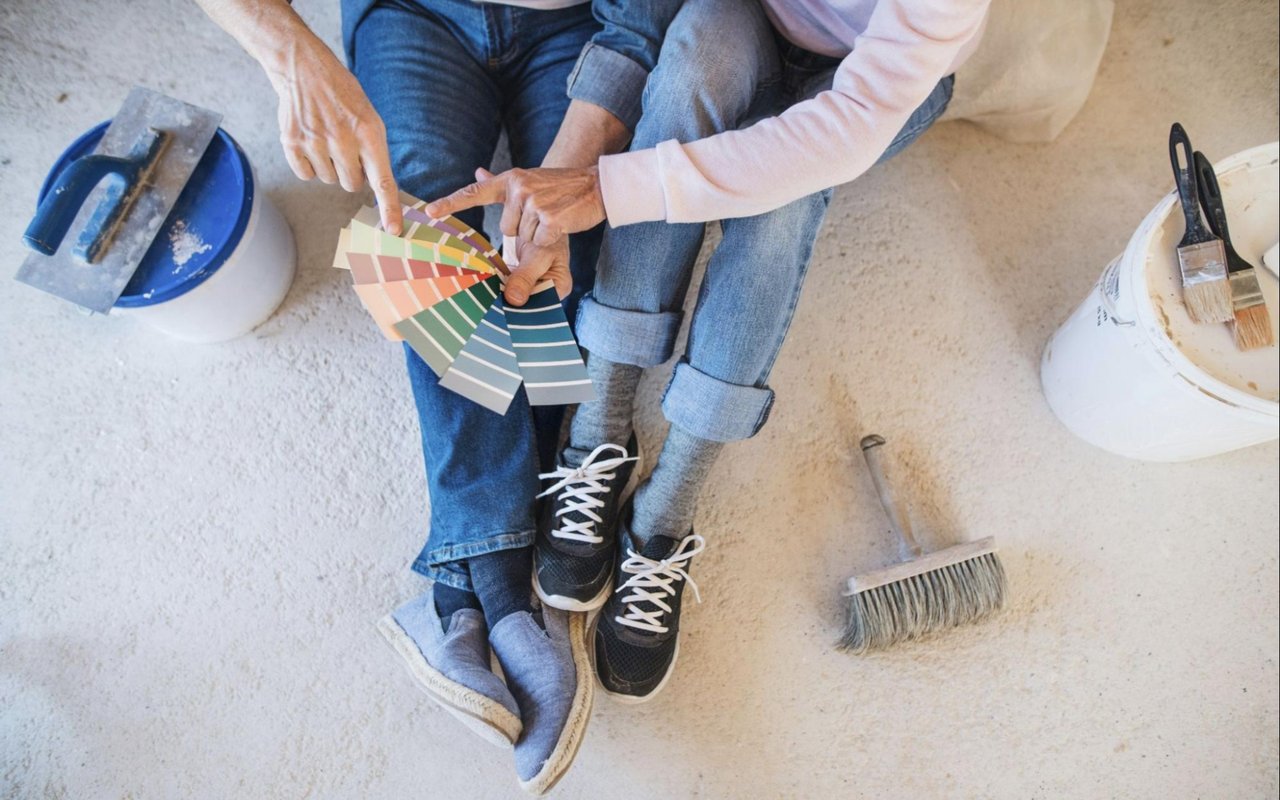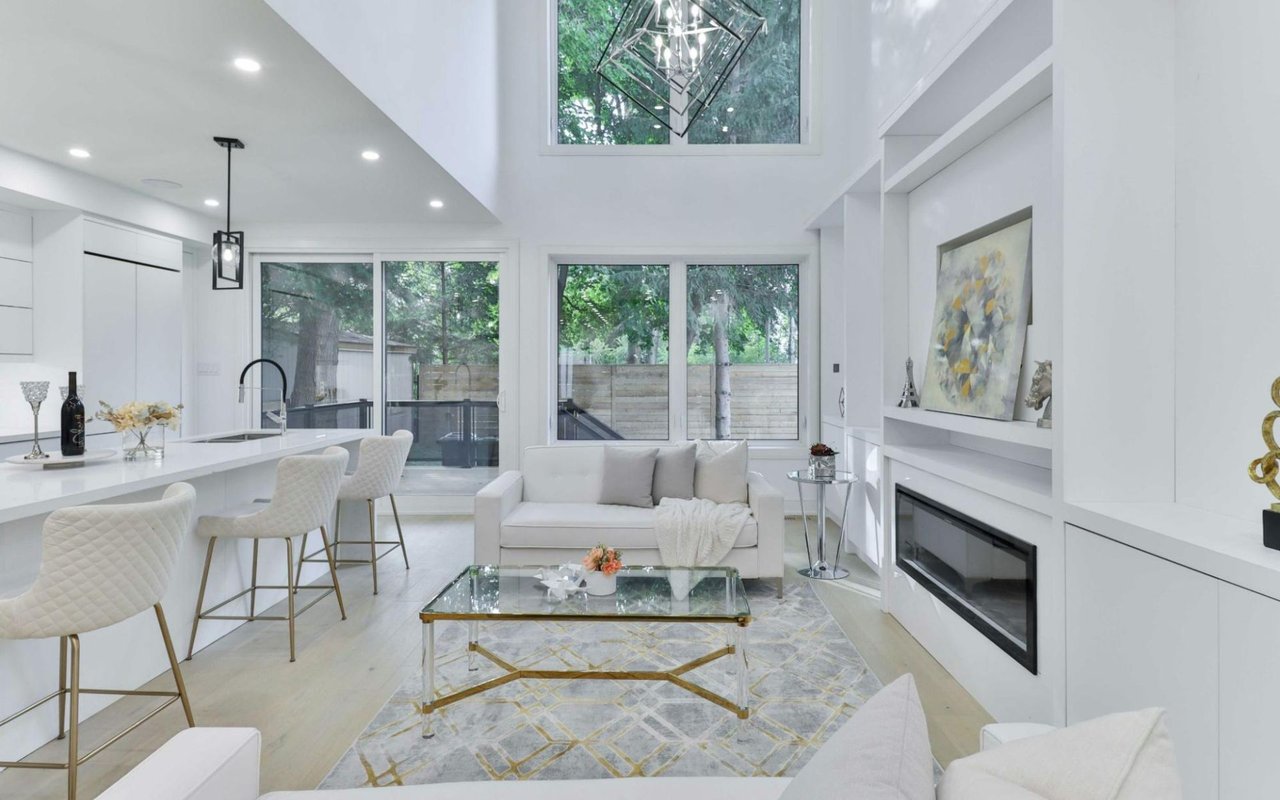Modern classic style combines the clean, edited attitude of contemporary design with the timeless bones of traditional interiors. You get symmetry, sculptural silhouettes, rich materials, and restrained ornamentation, all balanced by modern simplicity and practical comfort. The result feels grounded and elegant yet fresh and livable. If you love crown molding, paneling, marble, tailored upholstery, and curated statement pieces but you also want clarity, negative space, and modern art, this approach gives you the best of both worlds.
At its core, modern classic style respects proportion and art. It borrows architectural detail and historical references, then filters them through a present-day lens. You will not see clutter or frenetic pattern mixing. You will see thoughtful contrast, a measured palette, and a focus on quality over quantity.
The DNA Of Modern Classic: Tradition, Edited
Modern classic spaces begin with classical structure. Think symmetrical layouts, balanced vignettes, and architectural millwork that frames the room. Traditional silhouettes remain, but they are simplified. You might choose a tuxedo sofa with slim arms instead of a rolled-arm Chesterfield. You keep the historical nod while trimming down the excess.
Editing is what makes the look feel modern. You leave space around objects, you let a few strong materials take the lead, and you avoid over-accessorizing. The style respects negative space almost as much as it respects detail. This gives your eye room to rest and puts more emphasis on the handful of elements you truly love.
Color Palettes: Calm Neutrals With Strategic Depth
A restrained palette is typical. Whites, ivories, warm grays, taupes, and soft charcoals create a calm foundation that allows architecture and form to shine. These neutrals are often layered in varying tones to add depth without visual noise. You will see high-contrast pairings used sparingly. A black marble fireplace or dark-stained herringbone floor can create a striking focal point against pale walls.
Accent colors appear in measured amounts. Deep blues, forest greens, muted terracottas, and burgundy tones can deliver richness without overwhelming the room. The key is saturation control. Use color where it counts, such as on a statement chair, a lacquered console, or a large-scale piece of art, and keep the rest harmonious.
Materials And Finishes: Classic, Textural, Enduring
Materials in modern classic interiors are tactile, long-lasting, and historically rooted. Marble, limestone, brass, bronze, walnut, and oak appear frequently. Each surface tells a story. Stone veining, wood grain, and patina add character while keeping the scheme visually refined. You will also see crisp textiles like linen and wool alongside more luxurious ones like silk and mohair, which bring soft sheen and dimension.
Finishes are polished but not ostentatious. Aged brass or unlacquered bronze, honed stone, and rubbed woods introduce warmth and subtle variation. High gloss appears strategically, often in lacquered cabinetry or a pedestal table, to catch light and sharpen edges within the room.
Furniture Silhouettes: Tailored Lines Meet Gentle Curves
Furniture in modern classic rooms often nods to iconic periods. You might pair a Louis XVI-inspired side chair with a clean-lined coffee table or place a mid-century floor lamp beside an English roll-arm sofa. The result is deliberate and balanced. Curves soften the geometry of sharp lines, and vice versa.
Scale matters. Pieces are proportional to the architecture and to one another. Avoid overstuffed profiles and undersized items that get lost. Choose furniture that feels substantial enough to anchor the space yet slim enough to keep it current. This balance preserves the elegance of tradition while maintaining the clarity of modern design.
Architectural Detailing: Molding, Paneling, And Perfect Symmetry
If you have original millwork, emphasize it. If you do not, you might add applied panel molding, picture-frame trim, or a coffered ceiling to create a classical backdrop. These elements establish the “classic” framework that sets the tone for everything else. They also frame your furniture and art, giving each piece a defined place.
Symmetry is not a rigid rule, but it is a guiding principle. Flank a fireplace with matching bookcases, balance a sofa with twin side tables and lamps, or center an oversized piece of artwork between two wall sconces. This approach calms the room, which makes every modern layer feel intentional and not random.
Lighting: Sculptural, Layered, And Warm
Lighting carries a lot of responsibility in modern classic spaces. The architecture is quiet and elegant, so your fixtures can be more sculptural. A dramatic chandelier in aged brass, a pair of carved-wood sconces, or a minimalist reading lamp can all coexist. The key is to maintain cohesion through finish, proportion, and quality.
Layer your lighting. Use a combination of ambient, task, and accent sources to showcase architectural details and create mood. Opt for warm, dimmable bulbs that keep the atmosphere inviting. If you love ornate crystal chandeliers, pair them with simplified furniture and clean-lined lamps so the effect is balanced instead of busy.
Textiles And Pattern: Understated Luxury
Textiles are your chance to add softness without sacrificing restraint. Choose natural fibers like wool, linen, and cotton for upholstery and drapery. Then, introduce textures like velvet, bouclé, or silk to elevate the sensory experience. This mix of matte and lustrous finishes brings depth without visual clutter.
Patterns tend to be subtle. Stripes, tailored plaids, and tone-on-tone damasks work well when you keep the palette tight. You can add a bolder motif on a single chair, rug, or pair of pillows. Let the pattern punctuate the space rather than dominate it. This ensures your architectural envelope and furniture shapes remain the stars.
Art And Accessories: Curated, Meaningful, Edited
Art in modern classic rooms can lean contemporary, even if everything else references tradition. Large-scale abstract paintings or bold photography cut through the softness of neutral palettes and create powerful focal points. Sculptural objects, ceramic vessels, and antique books add narrative without crowding surfaces.
Edit your accessories. Choose fewer, larger pieces that hold visual weight. Place them where they can be appreciated, not lost in a sea of clutter. This restraint gives each object importance, which is essential to the modern classic mindset.
Timeless Bones, Contemporary Clarity
Ultimately, modern classic style gives you a way to honor proportion and history without sacrificing the clarity and ease you want in daily life. If you love the comfort of tradition and the confidence of modern design, this approach lets you live in both worlds. Your home will feel enduring, current, and unmistakably yours.
If you’re ready to find a beautiful home in Kingston, TN, and design the space of your dreams, connect with
Kathy May-Martin today.










